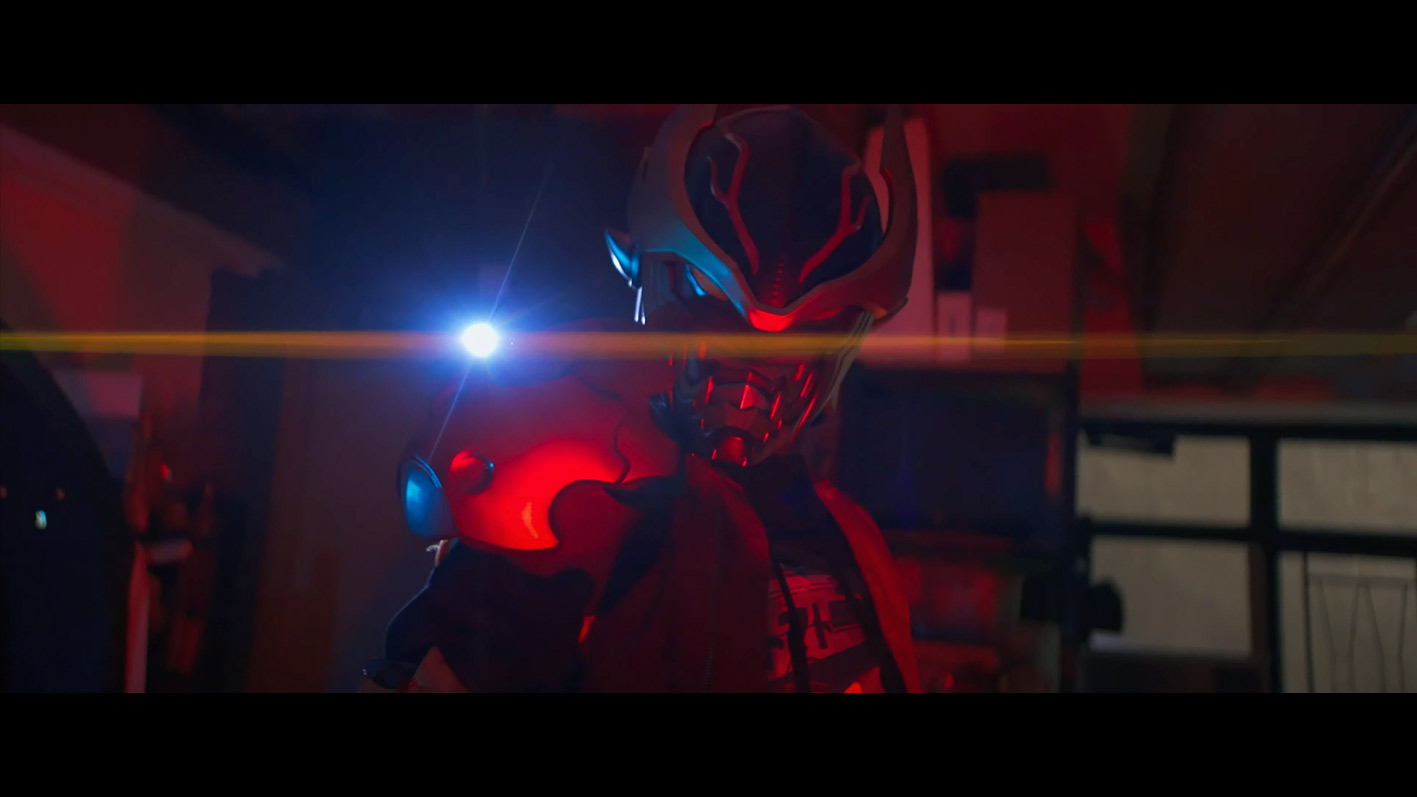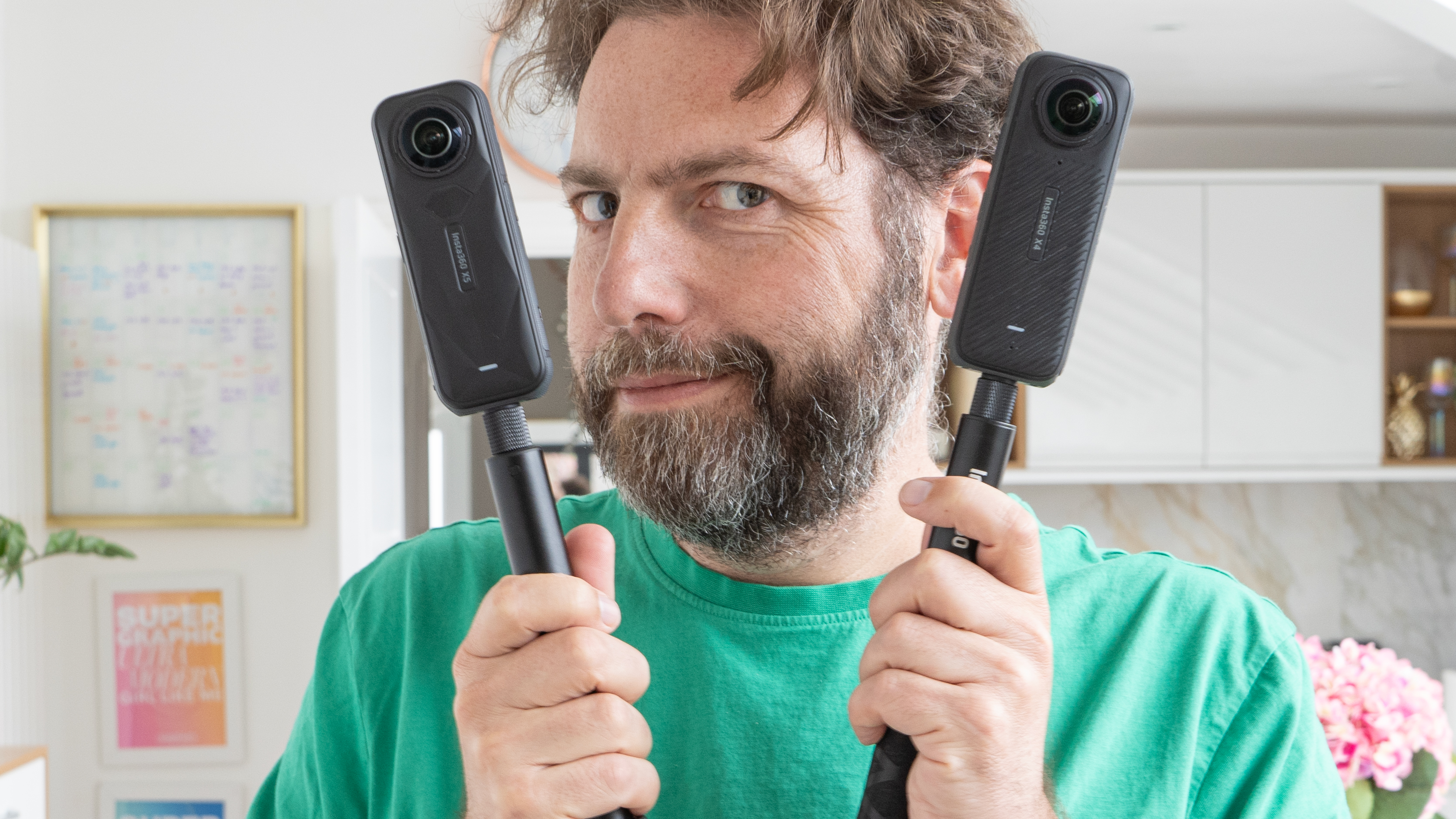Laowa's first series of anamorphic lenses is coming soon – watch the trailer now
Anamorphic lenses are no longer reserved for big-budget Hollywood films which is great news for videographers

It looks like Laowa could be on a mission to make anamorphic lenses more accessible for everyone if the new 20-second teaser trailer is anything to go for.
Laowa makes some incredibly nice still lenses and cine lenses such as the Laowa Argus 35mm f/0.95 FFII and the Laowa 6mm T2.1 Zero-D Cine but up until now it’s never ventured into the world of anamorphic. For years, anamorphic lenses were reserved for top-level cinematographers shooting big-budget films, but these days some of the best anamorphic lenses won't break the bank. The Sirui 24mm f/2.8 1.33x and the Sirui 50mm f/1.8 1.33x are two affordable anamorphic lenses that won't set you back anymore than a pro stills lens.
• Read more: Best cinema cameras
But what are anamorphic lenses? In the simplest terms, an anamorphic lens changes the dimensions of an image on one axis allowing for a wider field of view. Whenever you see a Hollywood blockbuster shot in ultra-widescreen, chances are it’s been shot using an anamorphic lens. If the bokeh has an oval shape to it and the sun gives off horizontal blue flares, then you can bet money that they’ve used an anamorphic lens as these qualities are unique to it.
Anamorphic lenses maximize the use of a sensor by fitting more footage onto it, resulting in a wider aspect ratio of 21:9 (16:9 is more standard). You will notice that most anamorphic lenses come with a de-squeeze factor usually of 1.33x, 1.8x or 2x. Footage from an anamorphic lens will be compressed so in post-processing you will need to stretch it out so that the picture is displayed correctly. Some of the best cinema cameras from manufacturers such as Red have in-camera features that enable to you view the de-squeezed image as you shoot but these are very expensive bits of equipment and not entirely necessary.
Although Laowa has released no information about focal lengths, T Stops or the price of its anamorphic lenses, we could expect they will be aimed more at the consumer market and hopefully, the RRP will reflect that. It’s bad news however for Sirui who currently doesn’t have any major competitors and depending on how good the Laowa lenses are, that could all change.
Since mirrorless cameras are now capable of shooting such high-quality video (the Canon EOS R5 and the Nikon Z9 can both shoot astonishing 8K) there is more demand for “proper” cine lenses that don’t cost the earth. When exactly Laowa will make an official announcement we're not sure but we do know we’re excited to get our hands on one.
Get the Digital Camera World Newsletter
The best camera deals, reviews, product advice, and unmissable photography news, direct to your inbox!
Read more:

Having studied Journalism and Public Relations at the University of the West of England Hannah developed a love for photography through a module on photojournalism. She specializes in Portrait, Fashion and lifestyle photography but has more recently branched out in the world of stylized product photography. Hannah spent three years working at Wex Photo Video as a Senior Sales Assistant, using her experience and knowledge of cameras to help people buy the equipment that is right for them. With eight years experience working with studio lighting, Hannah has run many successful workshops teaching people how to use different lighting setups.

